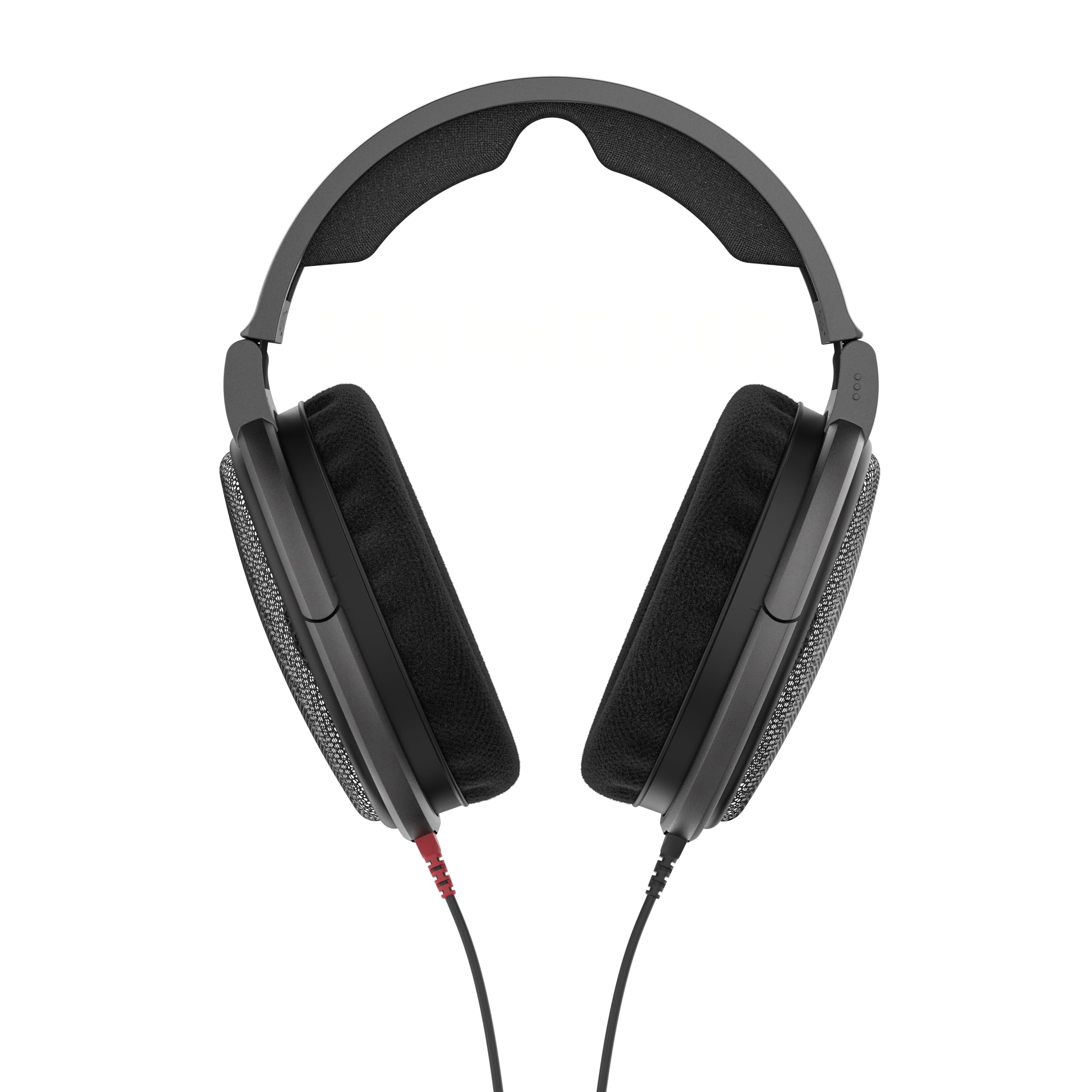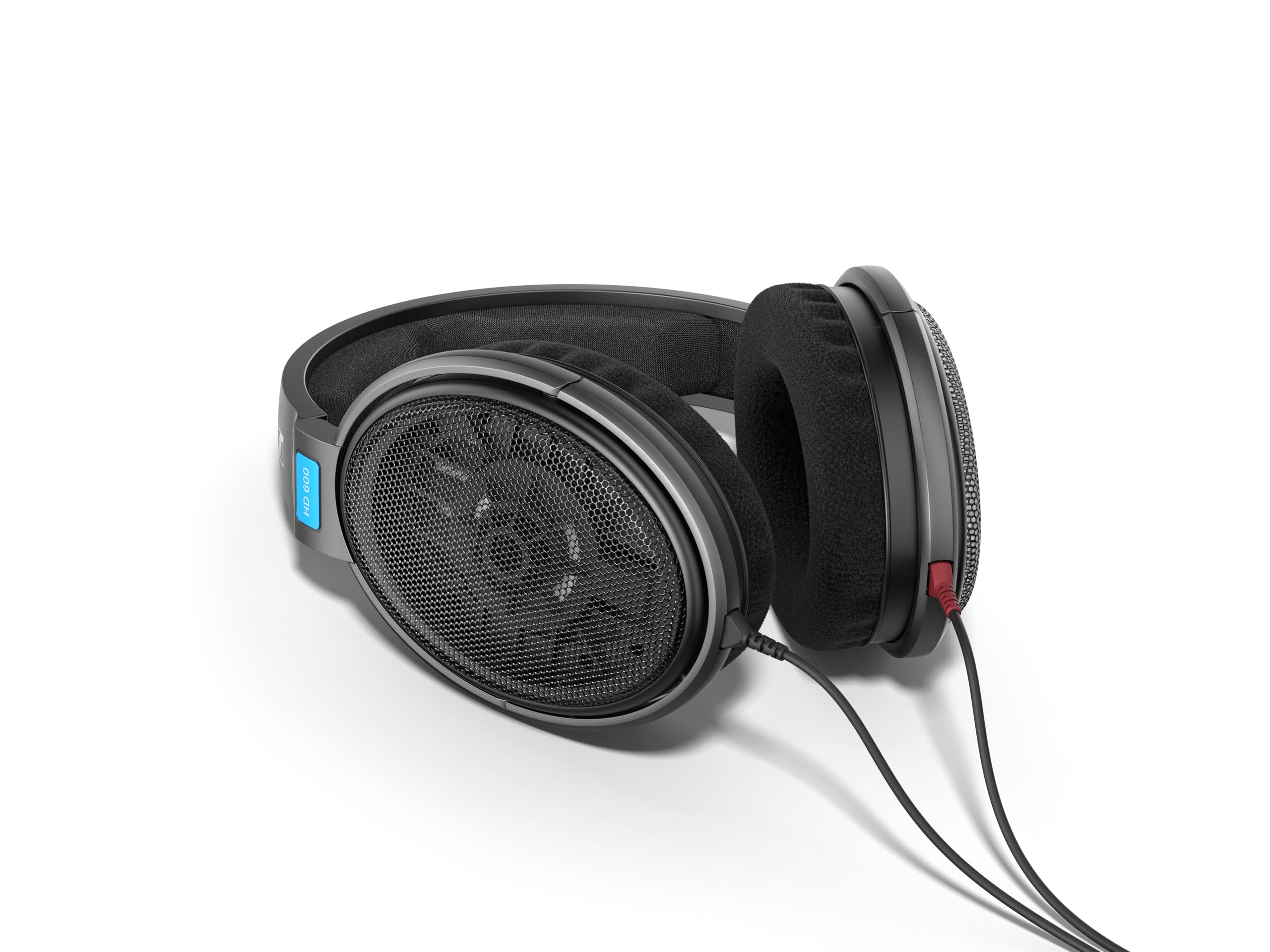Customer Services
Copyright © 2025 Desertcart Holdings Limited
Desert Online General Trading LLC
Dubai, United Arab Emirates









🎶 Hear the Difference, Feel the Vibe!
The Sennheiser HD 600 headphones are designed for audiophiles seeking superior sound quality. With a sophisticated design, open metal mesh earpieces, and advanced technology to minimize distortion, these headphones deliver an unparalleled listening experience. Lightweight and equipped with a detachable low-noise cable, they are perfect for both home and portable use.





| Control Method | Touch |
| Control Type | Noise Control |
| Unit Count | 1.0 Count |
| Cable Length | 3 Meters |
| Item Weight | 9.1 Ounces |
| Is Electric | No |
| Antenna Location | Music |
| Cable Features | Without Cable, Detachable |
| Additional Features | lightweight |
| Enclosure Material | Plastic, Metal, Oxygen-Free Copper |
| Specific Uses For Product | Professional |
| Headphone Folding Features | Over Ear |
| Earpiece Shape | Over Ear |
| Headphones Ear Placement | Over Ear |
| Style Name | Contemporary |
| Color | Black |
| Wireless Technology | Wired |
| Connectivity Technology | Wired |
| Headphone Jack | 3.5 mm Jack |
| Frequency Range | 12-40500 Hz |
| Audio Driver Type | Dynamic Driver |
| Frequency Response | 40500 Hz |
| Impedance | 300 Ohm |
| Noise Control | None |
Trustpilot
2 weeks ago
2 weeks ago